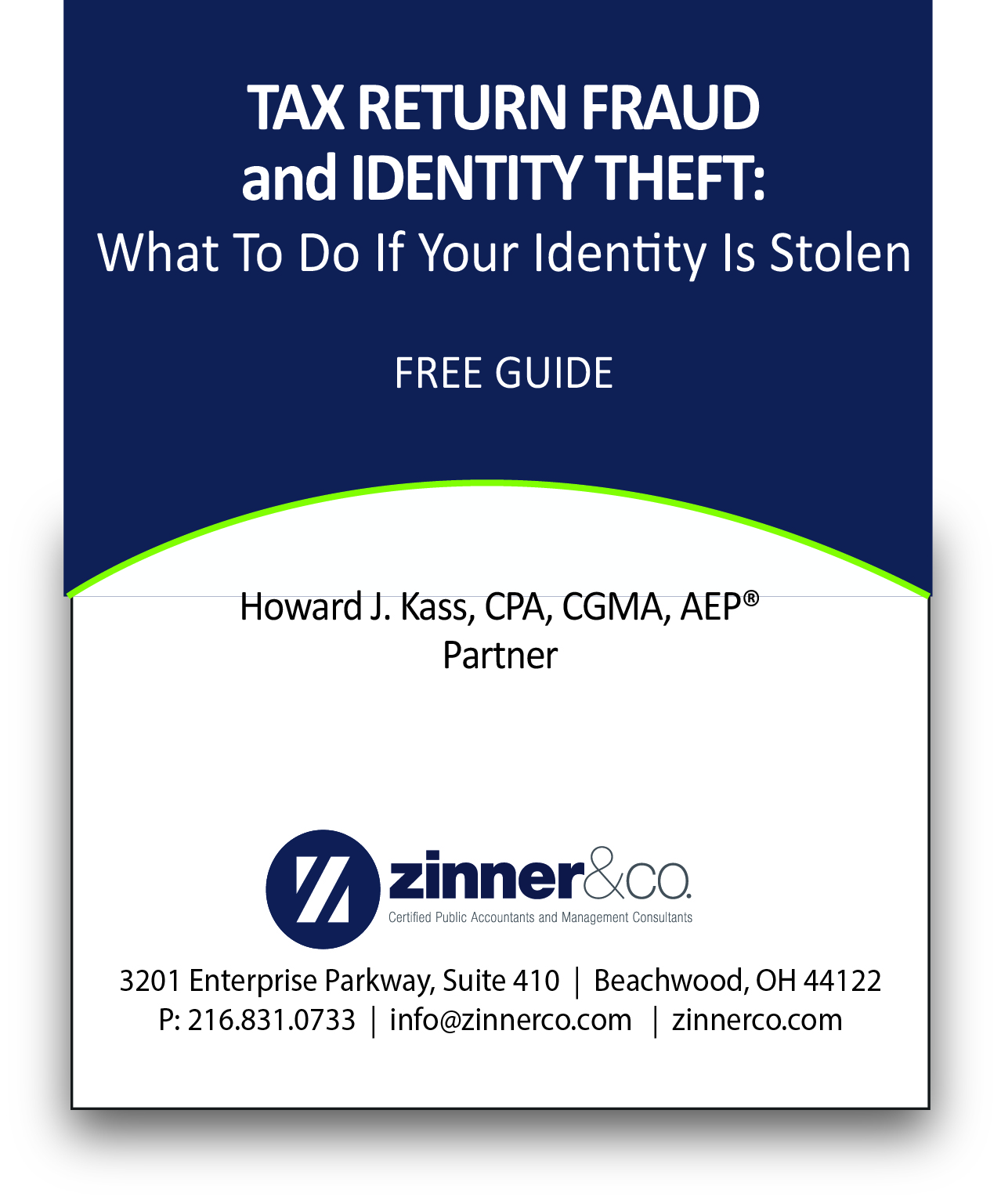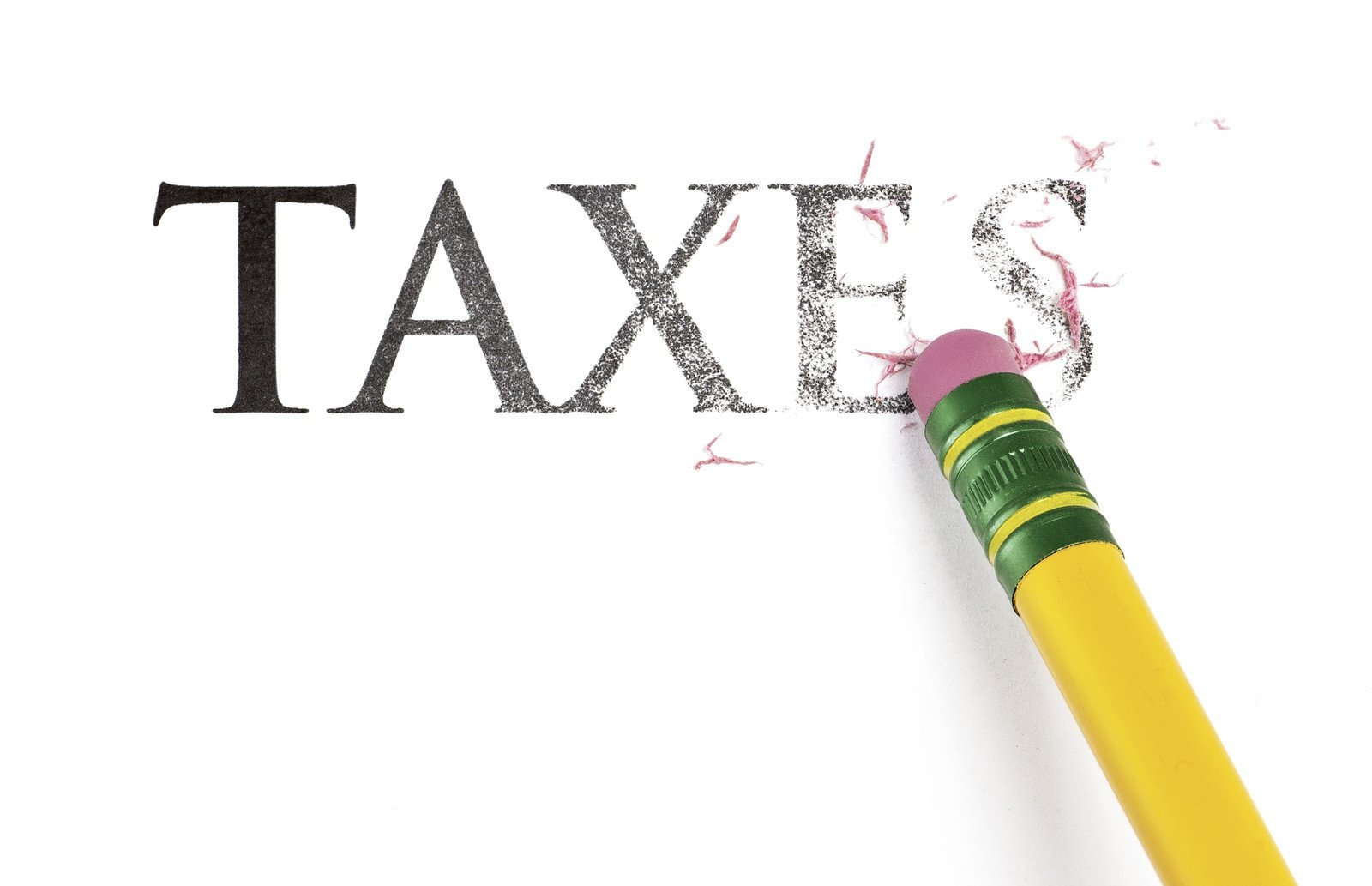A dangerous email scam currently is circulating nationwide and targeting employers, including tax exempt entities, universities and schools, government and private-sector businesses. The scammer poses as an internal executive requesting employee Forms W-2 and Social Security Number information from company payroll or human resources departments. They may even send an initial “Hi, are you in today” message before the request.
IRS Reminds Seniors to Remain on Alert to Phone Scams during Tax Season
Zinner & Co. Tax Department scams , fraud , IRSWASHINGTON – With the 2017 tax season underway, the IRS reminds seniors to remain alert to aggressive and threatening phone calls by criminals impersonating IRS agents. The callers claim to be IRS employees, but are not.
These con artists can sound convincing when they call. They use fake names and bogus IRS identification badge numbers. They may know a lot about their targets, and they usually alter the caller ID to make it look like the IRS is calling.
Your Income Tax Return: Why You Have Three Extra Days to File and Pay
Zinner & Co. Tax Department Taxes - Individual , IRSTaxpayers will have until Tuesday, April 18, 2017 to file their 2016 returns and pay any taxes due. That’s because of the combined impact of the weekend and a holiday in the District of Columbia.
If you are a parent of a soon-to-be college student or perhaps thinking of attending or completing your education, you will want to fill out a Free Application for Federal Student Aid, also known as a FAFSA.
But where to start? As they say, knowledge is power! For many, the FAFSA, and the process of completing a FAFSA, can be confusing.
Lessening the confusion
First, take time to navigate through the FAFSA website. Unfortunately, a simple Google search with the terms FAFSA will return sites that may or may not be accurate.
Charitable Giving: Are You Doing Harm by Doing Good?
Chris Valponi, CPA non-profits , Chris Valponi , not-for-profitLeaving a philanthropic gift to a charitable organization can be a rewarding experience, both for the donor and the designated organization.
IRS Has Refunds Totaling $1 Billion for People Who Have Not Filed a 2013 Federal Income Tax Return
Zinner & Co. Tax Department Taxes - Individual , IRSWASHINGTON — The Internal Revenue Service announced today that unclaimed federal income tax refunds totaling more than $1 billion may be waiting for an estimated 1 million taxpayers who did not file a 2013 federal income tax return.
'Tis the Season for Tax Scams and Fraud
Zinner & Co. Tax Department identity theft , scams , fraud , Taxes - Individual , taxes , IRSTax season is prime time for scammers and cyber criminals. Beyond identity theft, which is seemingly quite commonplace, tax scams have the dubious distinction of rising to the top of the Better Business Bureau's list of scams in 2016.
According to the Better Business Bureau Scam Tracker, the top ten list includes:
- Tax scams
- Debt collections
- Sweepstakes/prizes/gifts
- Online purchase
- Employment
REAL ID: What it is and how it will affect you
Zinner & Co. identity theft , Business - Management, Issues & ConcernsCredit: U.S. Department of Homeland Security
Secure driver's licenses and identification documents are a vital component of a holistic national security strategy. Law enforcement must be able to rely on government-issued identification documents and know that the bearer of such a document is who he or she claims to be.
The REAL ID Act is a coordinated effort by the states and the Federal Government to improve the reliability and accuracy of state-issued identification documents, which should inhibit terrorists’ ability to evade detection by using fraudulent identification.
Money: How Much is Enough?
Zinner & Co. Tax Department financial planning , Retirement Planning & IRAsFinancial planning is one of the most important (if not the most important) and concerning money topics that many folks share. How much should you have saved by a certain age? Should new parents start to save now for their newborn baby or is it ok to wait awhile? How much will you need in retirement for healthcare costs or everyday living?
Ohio tax changes on the horizon, sales tax to become even more significant
Zinner & Co. Tax Department Taxes - Individual , income taxIs your business maximizing available exemptions and incentives?
This article appears in Crains Cleveland Business
By Steven A. Dimengo and Richard B. Fry III
Buckingham, Doolittle & Burroughs, LLC.
February 12, 2017 - Gov. Kasich’s quest to lower the Ohio personal income tax rate continues in his latest proposed biennium budget, even in the face of Ohio’s tax revenue falling short of estimates.
About Us

Since 1938, Zinner has counseled individuals and businesses from start-up to succession. At Zinner, we strive to ensure we understand your business and recognize threats that could impact your financial situation.
Recent Blog Posts
Categories
- 1031 Exchange (2)
- 401k (2)
- 529 plan (4)
- ABLE Act (1)
- account systems (3)
- accounting (8)
- Affordable Care Act (8)
- alimony (2)
- American Rescue Plan Act (1)
- Ask the Expert (5)
- Audit and Assurance Department (13)
- audits (8)
- Bank Secrecy Act (1)
- banks (1)
- Barbara Theofilos (6)
- Beneficial Ownership Information (1)
- Bitcoin (1)
- block chain (2)
- BOI (3)
- Bookkeeping (1)
- Brett W. Neate (28)
- budgets (1)
- Bureau of Worker's Compensation (12)
- Business - Management, Issues & Concerns (51)
- business income deduction (3)
- business succession (7)
- business travel expense (3)
- business valuation (5)
- capital gains (2)
- careers (7)
- cash flow (2)
- Charitable Donations (1)
- Child Tax Credit (2)
- Chris Valponi (8)
- City of Cleveland (1)
- Cleveland COVID-19 Rapid Response Fund (1)
- Cleveland Rape Crisis Center (2)
- college (3)
- Community (24)
- Compliance (1)
- Coronavirus (24)
- Corporate Transparency Act (1)
- COVID-19 (30)
- Credit card fraud (5)
- credit reporting (2)
- cryptocurrency (2)
- CTA (2)
- cybersecurity (17)
- dead (1)
- DeAnna Alger (6)
- death (2)
- debt (4)
- deductions (14)
- Deferring Tax Payments (4)
- Department of Job and Family Services (2)
- depreciation (1)
- Digital Tax Payment (3)
- divorce (4)
- DOMA (3)
- Economic Impact Payments (2)
- Economic Injury Disaster Loan (4)
- education (8)
- EIDL (1)
- electronic filing (4)
- Electronic Tax Payments (3)
- Emergency Working Capital Program (1)
- employee benefit plan auditor (1)
- Employee Leave (3)
- Employee or Independent Contractor (6)
- Employee Retention Credit (3)
- employment (2)
- ERC (3)
- Eric James (8)
- Estates, Gifts & Trusts (48)
- expenses (5)
- Families First Coronavirus Response Act (2)
- FASB (1)
- FBAR (1)
- FDIC coverage (1)
- Federal Assistance (4)
- filing (3)
- financial planning (8)
- Financial Planning - College (9)
- financing (3)
- Firm news (119)
- first responders (1)
- FMLA (1)
- foreign assets (3)
- fraud (38)
- FSA (1)
- fundraising (9)
- Gabe Adler (1)
- gift tax (5)
- HDHP (2)
- health care (3)
- home (2)
- home office (1)
- Howard Kass (2)
- HRA (1)
- HSA (5)
- identity theft (34)
- income (1)
- income tax (58)
- independent contractor (1)
- Inflation (1)
- Insurance (7)
- internal control (4)
- international (2)
- Intuit (1)
- investments (4)
- IRS (91)
- jobs (5)
- John Husted (1)
- K-1 (1)
- Laura Haines (3)
- Layoff (2)
- Layoffs (1)
- leadership (3)
- lease accounting standards (1)
- life insurance (1)
- LLC (3)
- Loans (2)
- longevity income annuities (1)
- Lorenzo's Dog Training (1)
- Magic of Lights (1)
- management advisory (3)
- manufacturing (2)
- Matt Szydlowski (3)
- medical (7)
- Medicare (2)
- mergers and acquisitions (1)
- Mike DeWine (2)
- Millennial Concepts (2)
- minimum wage (1)
- NAIOP (1)
- National Defense Act (1)
- non-profit reporting (10)
- non-profits (38)
- not-for-profit (26)
- OATC (1)
- OBBB (3)
- ODJFS (1)
- office (1)
- ohio (13)
- Ohio Accounting Talent Coalition (1)
- Ohio business owners (18)
- Ohio Department of Jobs and Family Services (4)
- Ohio Department of Taxation (7)
- Ohio Incumbent Workforce Training Voucher Program (1)
- Ohio Society of Certified Public Accountants (1)
- One Big Beautiful Bill (5)
- Online Tax Payment (4)
- Operations (2)
- OPERS (1)
- OSCPA (1)
- owners of foreign entities (1)
- partnerships (5)
- passwords (1)
- Paycheck Protection Program (9)
- payroll (8)
- penalties (3)
- pension (2)
- personal finance (2)
- planning (4)
- ppp (7)
- Productivity (5)
- Qualified Business Income (1)
- quickbooks (10)
- real estate (14)
- record retention (2)
- records (2)
- Reporting (1)
- Republican National Convention (1)
- Retirement Planning & IRAs (53)
- Richard Huszai, CPA (5)
- RITA (1)
- Robin Baum (6)
- RRF (1)
- S Corporation (1)
- SALT (8)
- SBA (8)
- scams (14)
- SECURE 2.0 Act (1)
- security (6)
- SharedWorks (1)
- Shutdown (3)
- Silver Linings (9)
- simplified employee pension (1)
- Small Business (5)
- SMB (12)
- Social Media (1)
- social security (4)
- Speaker Series (2)
- spouse (1)
- start ups (8)
- Stay at Home Order (3)
- Steven Mnuchin (1)
- Sue Krantz (6)
- SVOG (1)
- tangible property (1)
- tax (27)
- tax avoidance (12)
- Tax Credit (7)
- Tax Cuts and Jobs Act of 2017 (31)
- Tax Exempt (1)
- Tax Holiday (1)
- Tax Interns (2)
- tax services (28)
- taxes (45)
- Taxes - Corporate & Business (105)
- Taxes - Individual (122)
- Taxes - Planning, Rules and Returns (194)
- TechCred (1)
- technology (8)
- The CARES Act (6)
- The SOURCE (1)
- tiag (3)
- transaction advisory (2)
- Treasury Department (5)
- tuition (3)
- U.S. Department of the Treasury (1)
- U.S. Small Business Administration (6)
- Unclaimed Funds (1)
- Unemployment Benefits (4)
- Unemployment Insurance (1)
- withdrawls (2)
- withholding (6)
- Workers Comp Billing Changes (1)
- Zinner & Co. (35)
- Zinner News (32)











